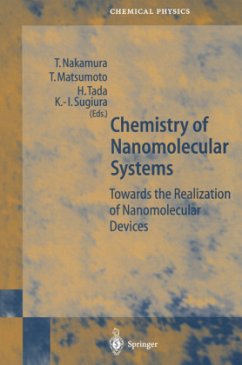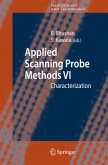Recently, molecular electronics, especially that utilizing single molecules, has been attracting much attention. This is mainly because the theoretical limit is approaching in the present silicon-based technology, and the development of an alternative process is strongly desired. Single-molecule electronics is aimed at a breakthrough toward the next generation of computing systems. By designing and synthesizing highly functionalized molecules of nanometer size and incorporating these molecules into electrical circuits, we shall obtain much dense and high-speed processors. The concept of single-molecule electronics was first introduced by Aviram and Ratnar in 1978. In the early 1980s, many groups all over the world had started research on molecular electronics. At that time, single-molecule manipulation techniques had not been born, and the research was mainly carried out on molecular films formed by the Langmuir~Blodgett technique, a wet process, and by molecular-beam epitaxy, a dry process. A number of prototypes of switching devices and logic gates were, however, reported in the 1980s. In the early 1990s, scanning probe microscopes became popular and researchers obtained a single-molecule manipulation and evaluation tech nique. It became possible to fabricate practical devices using single molecules or small numbers of molecules. Finally, at the end of the last century, an explosion in the research field of single-molecule electronics was witnessed. In addition, studies of "biocomputing" started in the early 1980s and significant progress was achieved in the last century.
Praise for T. Nakamura's Chemistry of Nanomolecular Systems POLYMERNEWS "This book describes contemporary efforts to develop nano-molecular systems for future molecular electronics in which single molecules act as basic elements for electrical circuits, it also gives a comprehensive introduction and discussion on the work that is pursued worldwide."








